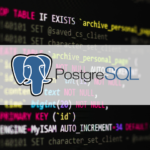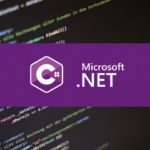How to Ignore Files That Are Being Tracked by Git
If you’ve added files to your .gitignore that were already being tracked by Git and you want to stop tracking them, you’ll need to remove them from the index. Here’s how you can do it: Remove the files from the index: Use git rm with the –cached option to untrack the files that should be […]










